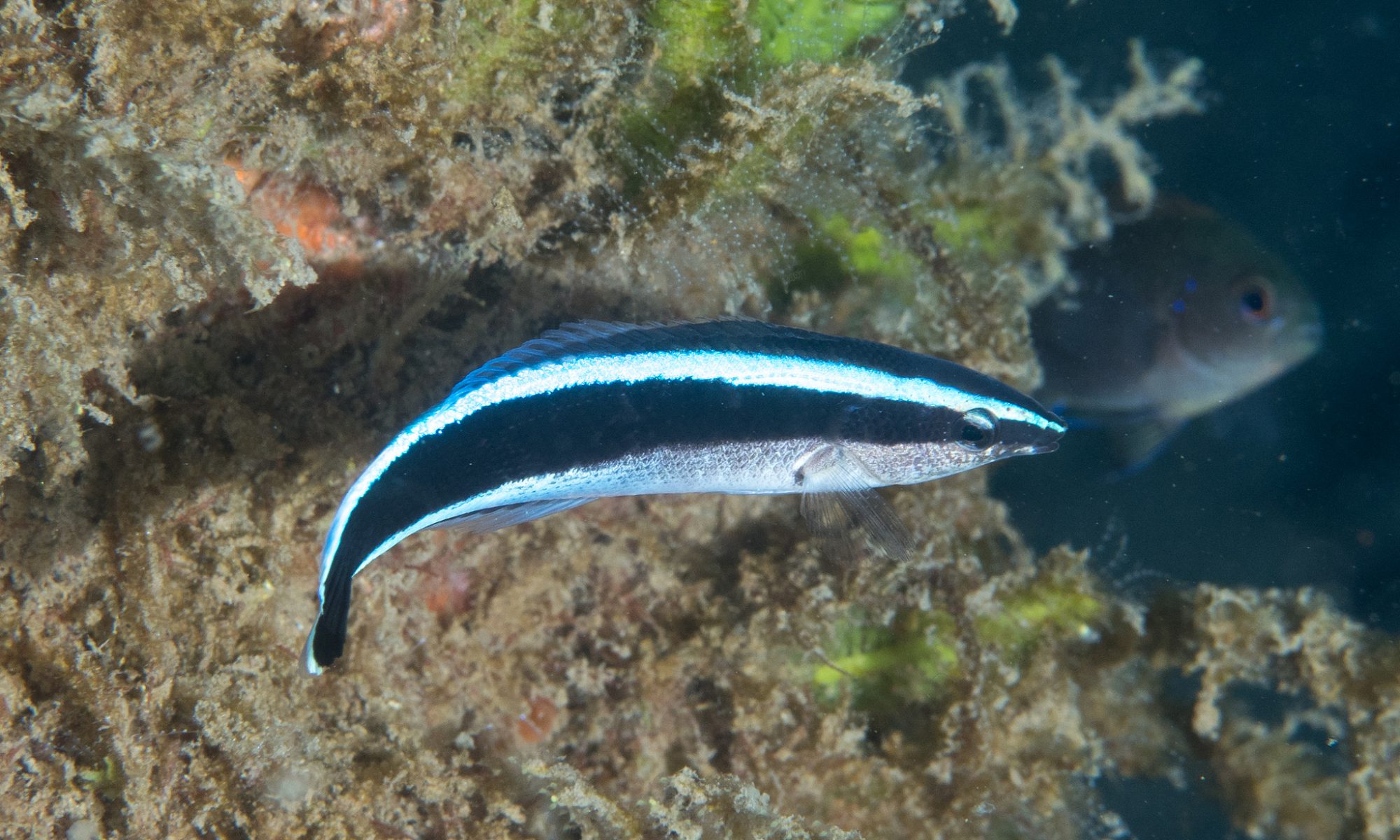There is a predictable pattern of reactions to Christmas music every year. First, stores start to play it much too early – typically right after Thanksgiving, or maybe even right after Halloween – and people comment on how stores are playing it much too early. Then there’s that sweet spot, where for a few weeks the songs are fun and comforting to listen to, and Wham’s “Last Christmas” is still tolerable. Inevitably, though, patience starts to run out as holiday stresses mount, and by the time the season’s over pretty much everyone is ready for another 10-month break from Christmas music.
There is, however, one class of song that is particularly difficult to tolerate no matter what time in December: the preachy Christmas song that doesn’t celebrate the spirit of giving so much as it seems to chastise you for having been a terrible person all year long. Two such songs stand out: John Lennon’s “Happy Xmas (War is Over)” (that’s the one with the “War is over/If you want it” chorus) and Band Aid’s “Do They Know It’s Christmas?” (that’s the one with the “Feed the world/let them know it’s Christmastime again” chorus).
While both songs come from a place of good intentions – Lennon’s song was written partly in protest against the Vietnam War, while Band Aid were attempting to help raise awareness for a famine in Ethiopia in the early-to-mid 1980s – I doubt they make many people’s holiday party playlists. And for good reason: I don’t want to feel bad about myself during the holidays. And although I didn’t really do anything this past year to try to put an end to war or famine, do I really have to be reminded about my many moral failings?
If you think that I’m being too hard on these types of songs, then you should know that I’m not alone. “Do They Know It’s Christmas?” has been criticized repeatedly, for many different reasons. Perhaps most damning of all is its ill-informed message about what was happening in “Africa” at the time. Consider, for example, the following lyrics, which describe Africa as a place:
Where the only water flowing
Is the bitter sting of tears
And the Christmas bells that ring there are the clanging chimes of doom
Well tonight thank God it’s them instead of you
And there won’t be snow in Africa this Christmastime
The greatest gift they’ll get this year is life
Where nothing ever grows
No rain nor rivers flow
Do they know it’s Christmastime at all?
While undeniably schmaltzy, it’s also bizarre to talk about all of Africa in a single breath. As Bim Adewunmi at The Guardian writes:
“There is a humourless danger in taking song lyrics too literally, but I can’t help it: yes, they do know it’s Christmas time in Africa because huge swaths of that vast continent are Christian; the greatest gift anyone can have is life; and actually, it is more likely to be water, not just “bitter tears”, flowing across Africa’s 54 nations.”
Adewunmi also argues that the song perpetuates a narrative in which the people of Africa need to be “saved” by those in the west, and ignore the efforts of those actually living in countries affected by some of the problems that “super groups” like Band Aid are meant to draw attention to.
So not only is it emotionally manipulative, but it’s patronizing as well. Is there any good reason to keep playing this song around Christmas?
Well, perhaps there’s one: the song and subsequent concerts put on by related act Live Aid have raised a good quantity of money for charity. Although the original Band Aid song was released in 1984, subsequent re-releases – including Band Aid II in 1989, Band Aid 20 in 2004, and Band Aid 30 in 2014, with updated rosters of contemporary popular musicians – donated a portion of profits from sales of the single each time to various charities in Africa, approximately £40m worth – although there has been debate about the overall benefits or detriments of the original Live Aid efforts, with some arguing that unforeseen political consequences of Live Aid’s donations may have caused a significant amount of harm, as well.
Whether the consequences were overall positive or negative, we can also ask the more theoretical question of whether it is appropriate to solicit charitable donations by means of emotional manipulation. Clearly the song is meant to make the listener question their relative position of privilege – especially when they are told to “thank God” it’s “them” instead of you who are suffering. We might then be motivated to donate to the Band Aid cause not out of legitimate concern for the suffering of others, but instead to assuage our own guilt. We might worry, though, that while it’s overall a good thing to donate to charity, one should be motivated by actually helping others, and not just to try to feel less bad about oneself.
That being said, if it does indeed help distribute some of the wealth and goods from those who have a lot to those who need it, it is hard to see how a little emotional manipulation in the form of cheesy Christmas songs could hurt. And while it might be close to another year before you hear “Do They Know It’s Christmas?” again, next time you do it’s worth thinking about the best way to assuage that year-end guilt.




